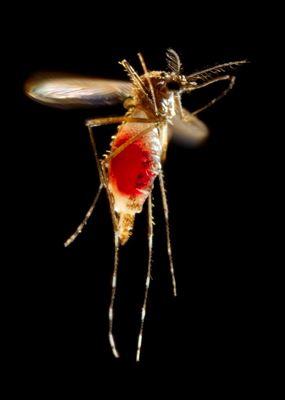Scientists in China have just provided one major piece that is the Zika puzzle. Proponents of the "all natural" movement ought to look at this virus and recognize that nature can be a bitch. What I mean by that is that nature is scary and it can take a single stupid mutation to wreak havoc on humanity. I will elaborate.
Zika has been around for some time – first identified in 1947 in Uganda - but it was never really given much thought. It was around in Africa and Southeast Asia and those who were infected experienced vague, non-specific or mild symptoms. There were some outbreaks identified in Micronesia and French Polynesia but not until it reached the Americas did the poop hit the fan. The virus went from causing low-grade fevers and joint pain to shrinking the heads of newborn babies as well as other awful neurological anomalies.
Everyone seemed to be stumped – what the heck made this virus all of a sudden decide to transition from a bratty younger sibling to a raging psychopath? A new study published in Science, researchers from a variety of Chinese institutions in collaboration with the University of Texas Medical Branch in Galveston, Texas, aimed to answer just this question. Was it something environmental or a genetic cause for this change.
Since Zika virus was confirmed as the causative agent of Brazil's microcephalic infants and infants born with other pathologic neurological conditions, it has been found that the virus specifically attacks neural progenitor cells (NPCs). These are precursor cells that are found in the nervous system that can develop into more mature neurons and glial cells. The viral strain isolated in the Pacific Islands and the Americas evolved from an Asian ancestral strain. Over time, some mutation or mutations led to the virus' enhanced virulence by causing severe detrimental effects on human fetal brains.
What's interesting is that the three recent strains the scientists isolated, when compared to their Asian predecessor, had a 100% mortality rate in infected one-day old neonatal mice (comparable to the third trimester of pregnancy). They observed that direct brain injections of the virus manifested typical neurological findings such as inactivity, motor weakness and bilateral paralysis of hind limbs. Now, if they infected mice fetuses in the second trimester of pregnancy, they found significantly microcephalic brains and cortical thinning.
Additionally, in cultures of mouse NPCs there was more apoptosis, or cell death, when infected with contemporary viral strains – displaying enhanced virulence when compared to the ancestral strain.
Researchers then created seven mutant viruses, with one amino acid substitution. Of the seven, one specific amino acid substitution (S139N) from the wild type strain (Asian ancestor) caused the most problems. Of all the mutants, S139N exhibited the greatest "neurovirulence" in neonatal mice (third trimester equivalent). A cool way to confirm was performing a "reverse substitution" (N139S) of the contemporary strain resulted in a substantial decrease in mouse mortality.
In human cultures of NPCs, the S139N mutation was found to cause more extensive cell death as well as in cultures of mouse NPCs. This same S139N substitution, when introduced to mouse fetuses at the second trimester, resulted in severe microcephaly and a thinner cortex.
Viral genome analyses revealed that this one substitution mutation emerged around May, 2013 and this correlated with timing of reports of microcephaly and other neurological conditions such as Guillan-Barre syndrome.
In concluding their paper, the investigators admit that the Asian ancestral strain was not completely devoid of neurovirulence, therefore, this one mutation likely isn't solely responsible for the pathological congenital findings, though it plays a pretty big role. They admitted that further studies will be required to investigate what other viral genetics or host factors may be involved in causing disease severity.




